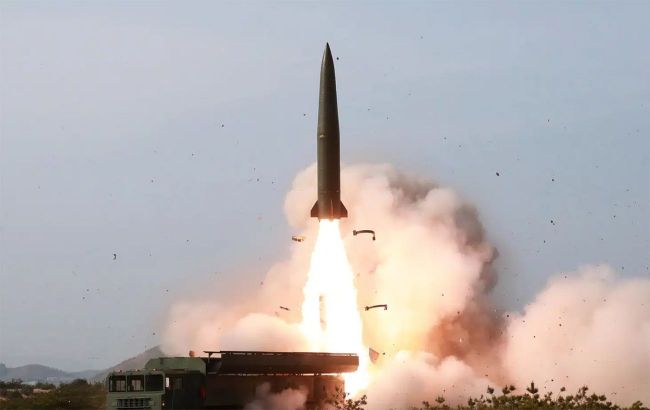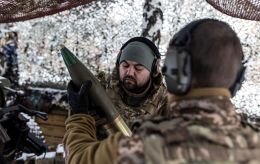Russia could resume using North Korean KN-23 missiles: Details
 KN-23 (missilethreat.csis.org)
KN-23 (missilethreat.csis.org)
The Russian Federation may have resumed the use of North Korean KN-23 ballistic missiles against Ukraine in recent times.
More about these missiles and the threat they pose is covered below by RBC-Ukraine.
Earlier this year, Washington reported that the Russian Federation received ballistic missiles from its partner, North Korea. President Joe Biden said that these missiles had already been used in strikes against Ukraine.
The use of North Korean missiles by Russian terrorists has also been confirmed by the United Nations (UN).
In February, Ukraine’s Prosecutor General Andrii Kostin confirmed this information, revealing that the enemy had used at least 24 North Korean-made ballistic missiles at that time. By March, the head of the Kharkiv Regional Prosecutor's Office, Oleksandr Filchakov, reported about 50 missiles of the Hwasong 11 type (KN-23/24).
Russia may have resumed strikes with North Korean missiles
As Defense Express reported, terrorists might have resumed the use of DPRK ballistic missiles during mass shelling, specifically on July 31. On that day, the enemy launched a missile from Russian territory towards Bila Tserkva, but the missile fell in the Kyiv region, likely after an explosion in mid-air.
Fragments found at the crash site bore markings consistent with previously identified remnants of KN-23 ballistic missiles.
The last recorded use of missiles by terrorists from their "partners" occurred on February 27. Thus, the enemy resumed using long-range missile weaponry from North Korea after a five-month pause.
Defense Express adds that the missiles obtained by Russia are equipped with a warhead containing high-explosive ordnance. Its power reaches up to 1,000 kilograms in TNT equivalent, and the maximum launch range is 650 kilometers.
The Kyiv City State Administration also said that Russia may have launched ballistic weapons such as Iskander-M or KN-23 toward the capital and its suburbs on Monday, August 5, around 11:00 PM.
About KN-23
Externally, the missile resembles the Russian 9M723 ballistic missile of the Iskander-M operational-tactical complex and the South Korean Hyunmoo-2B.
The KN-23 follows a quasi-ballistic trajectory after launch and reaches an altitude of about 50 kilometers.
The missile's warhead can be unitary, cluster, or nuclear.
Other specifications include:
- Length: 7.5 meters
- Diameter: 0.95 meters
- Weight: 3.415 tons
- Range: 690 kilometers
The first missile tests were conducted in May 2019 near North Korea’s Wonsan. The missile then reached an apogee of 60 kilometers with a range of 240 kilometers. Later, Pyongyang conducted repeat tests with two warheads. These missiles reached an apogee of 50 kilometers and had a range of 420 kilometers.

